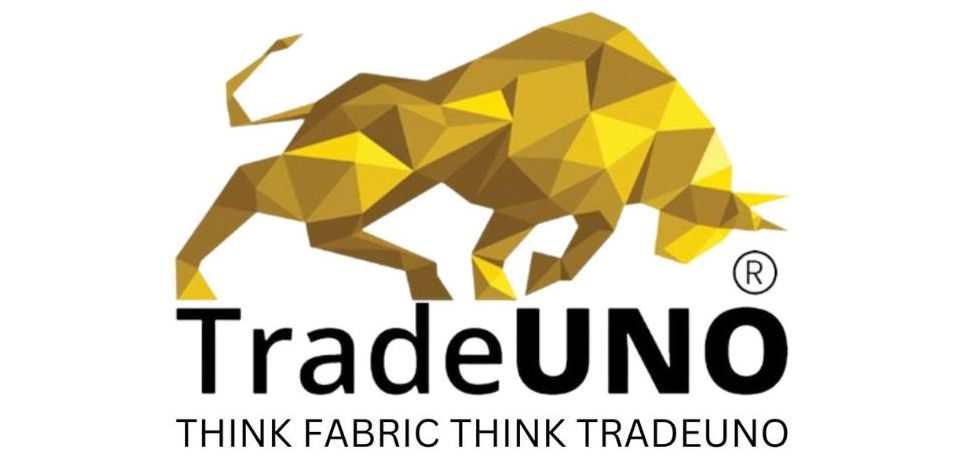About Zari Fabric
Zari fabric is a type of traditional textile that is distinguished by the elaborate metallic threadwork that is woven into it to produce beautiful patterns and motifs. The metallic threadwork is typically in gold or silver. Indian textiles have been known for their zari work for ages. It lends an air of grandeur and wealth to ceremonial objects, home décor, and clothing. Finely drawn gold, silver, or copper are utilized to create the metallic threads used in Zari art. These threads are either woven into the cloth or embroidered on the exterior.
History of Zari Fabric
Zari Fabric has a long and illustrious history that began in Persia (modern-day Iran) about 2,000 years ago. The Mughals introduced it to India, where it thrived and was incorporated into traditional Indian clothing. Zari fabric has historically been worn by royalty as a status and wealth symbol. It was considered a luxury item because of the labor-intensive technique of weaving precious metals into fabric.
Characteristics of Zari Fabric:
Metallic Sheen: Zari fabric is renowned for having a glittering, metallic appearance that lends clothing a celebratory, regal vibe.
Detailed Designs: To give the fabric depth and texture, metallic threads are frequently woven into intricate designs like paisleys print, floral motifs, or geometric print.
Variety of Base Fabrics: A vast array of textures and finishes are possible because zari work is usually performed on silk fabric, cotton fabric, chiffon, or velvet.
Durability: Traditional Zari crafted of gold and silver is strong and long-lasting, despite its delicate appearance. Modern Zari threads, however, might be made of synthetic materials, which might be less robust.
Types of Zari Fabric
Real Zari: Crafted from genuine gold or silver, this kind of Zari work is extraordinarily costly and scarce. High-end bridal or wedding fabric to choose for.
Imitation Zari: Using less expensive metals like copper or aluminum, imitation Zari provides a similar style at a reduced price. It is currently the most widely utilized kind of Zari work.
Plastic Zari: A contemporary take on the classic style that imitates the appearance of genuine Zari using man-made elements like plastic threads or metallic foils. Although it is less expensive and lightweight than conventional Zari, it is not as durable.
Common Uses of Zari Fabric:
Indian traditional clothing: Zari fabric is often used for weddings and other festive occasions, particularly for sarees, lehenga cholis, kurta pajamas, and dupattas.
Home Décor: To lend a sense of richness and elegance, zari cloth is used for table runners, curtains, pillow covers, and other decorative home goods.
Accessories: To lend a glitzy metallic touch to the entire ensemble, Zari fabric is also available in trendy accessories like belts, purses, and shoes.
Washing Instruction for Zari Fabric
- Zari fabrics should be dry cleaned to avoid damage to the metallic threads. Hand washing or machine washing can lead to tarnishing or breakage of the Zari.
- If ironing is necessary, use a low heat setting and place a cloth between the iron and the fabric to protect the Zari threads.
FAQs
What are the common uses of Zari fabric?
Zari fabric is commonly used in traditional Indian garments like sarees, lehenga cholis, salwar kameez, and sherwanis. It is also used for bridal wear, home décor items like curtains or cushion covers, and accessories such as clutches and belts.
Does Zari fabric tarnish over time?
Yes, Zari fabric can tarnish, especially if it is made with imitation metals or exposed to moisture, perfumes, or chemicals. Proper care, such as dry cleaning and careful storage, can help preserve its shine and quality.
Can Zari fabric be repaired if damaged?
Yes, Zari fabric can sometimes be repaired by a professional tailor or embroidery expert. If the metallic threads have become loose or broken, a skilled artisan can fix or replace the Zari work, depending on the level of damage.
 Call Us
Call Us